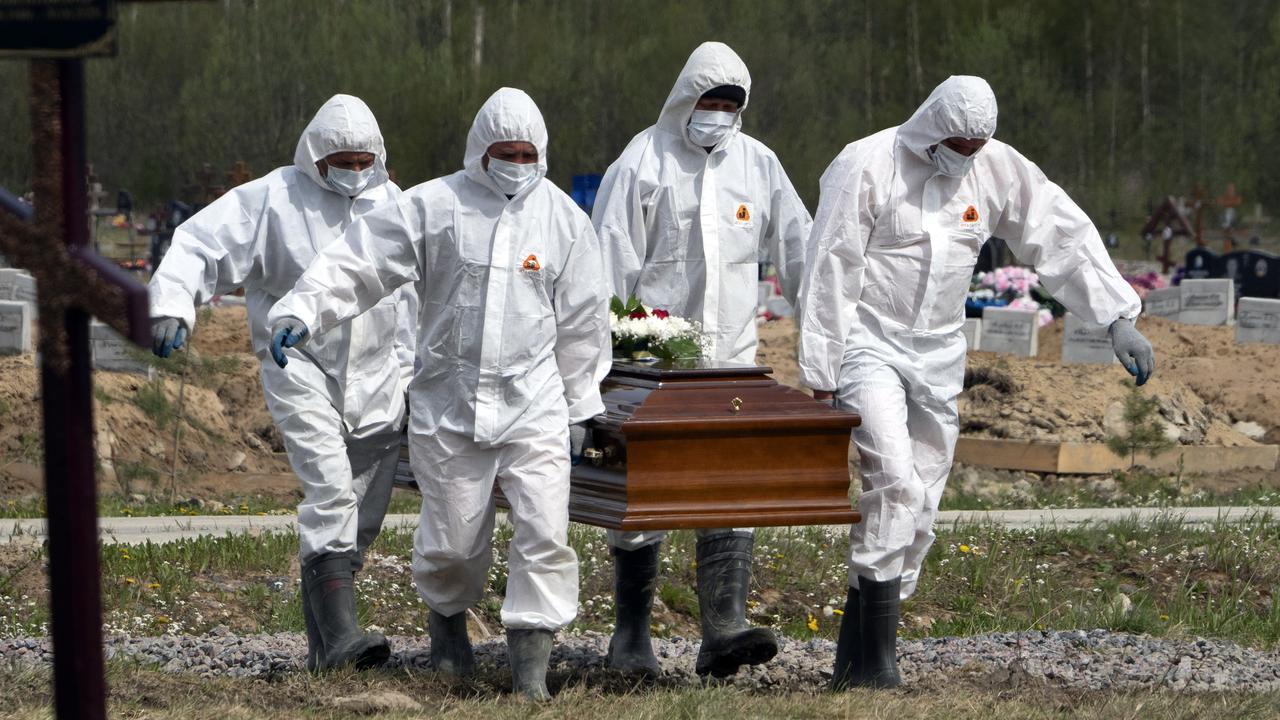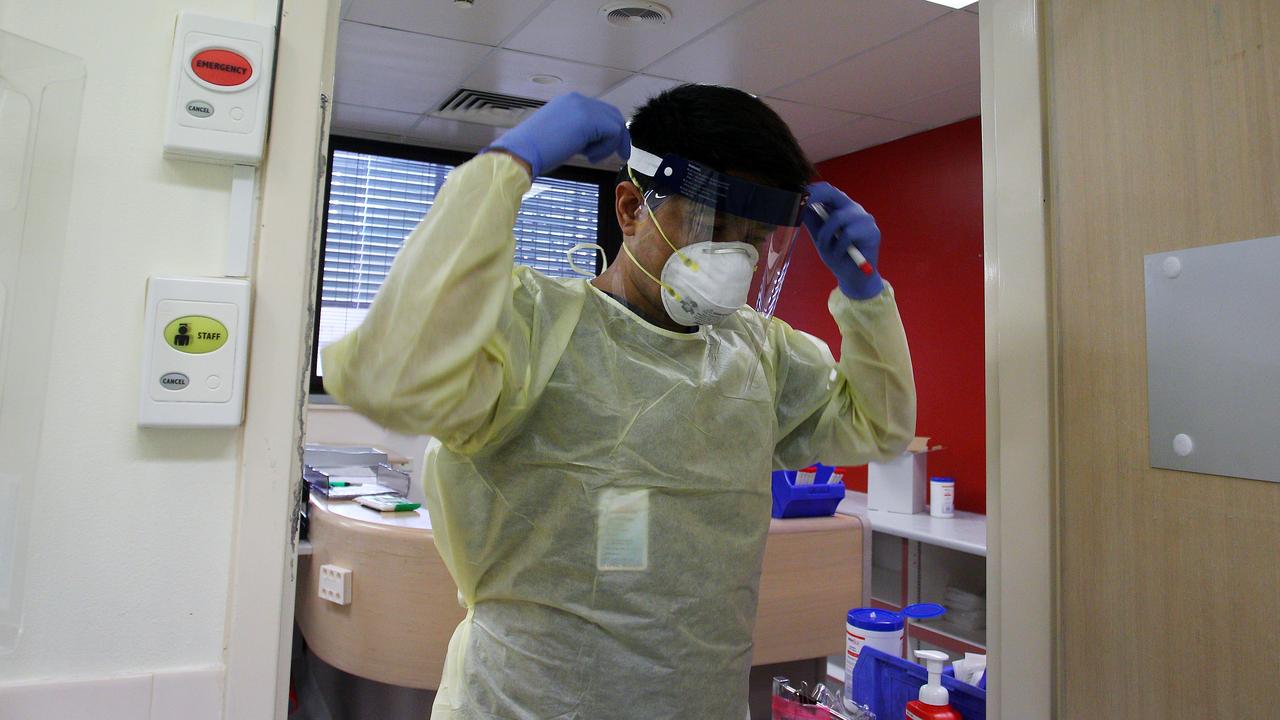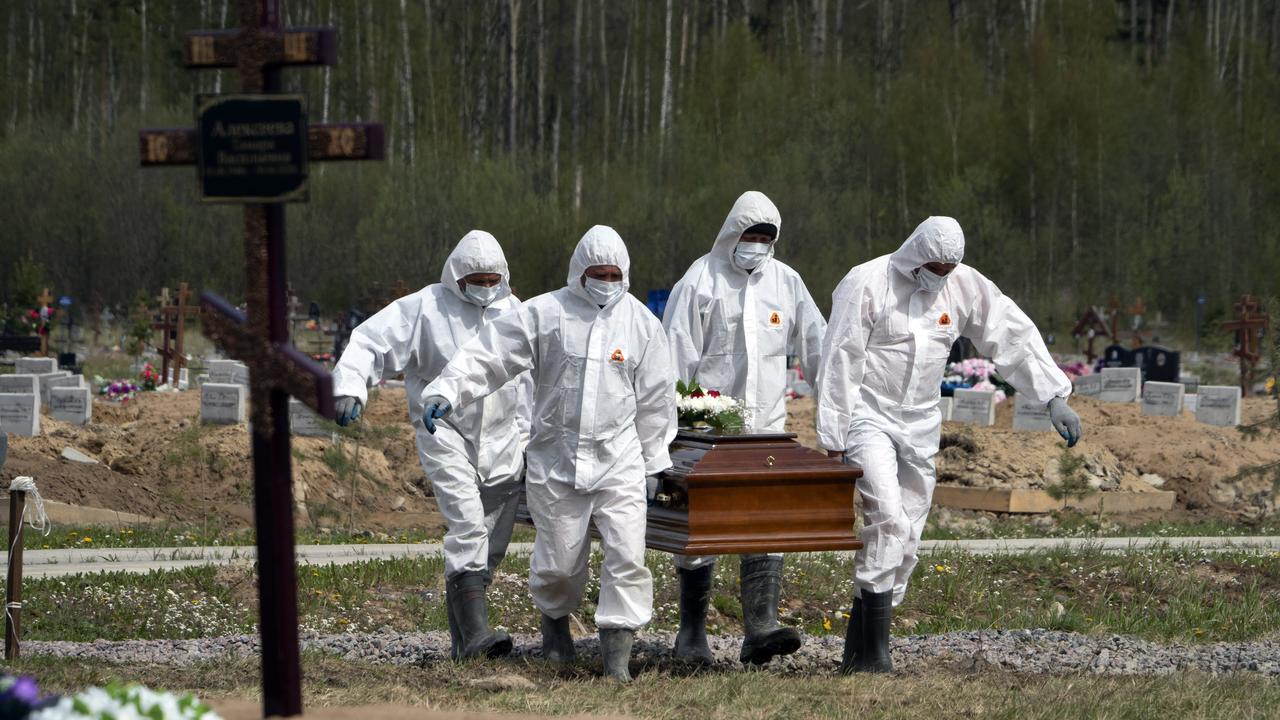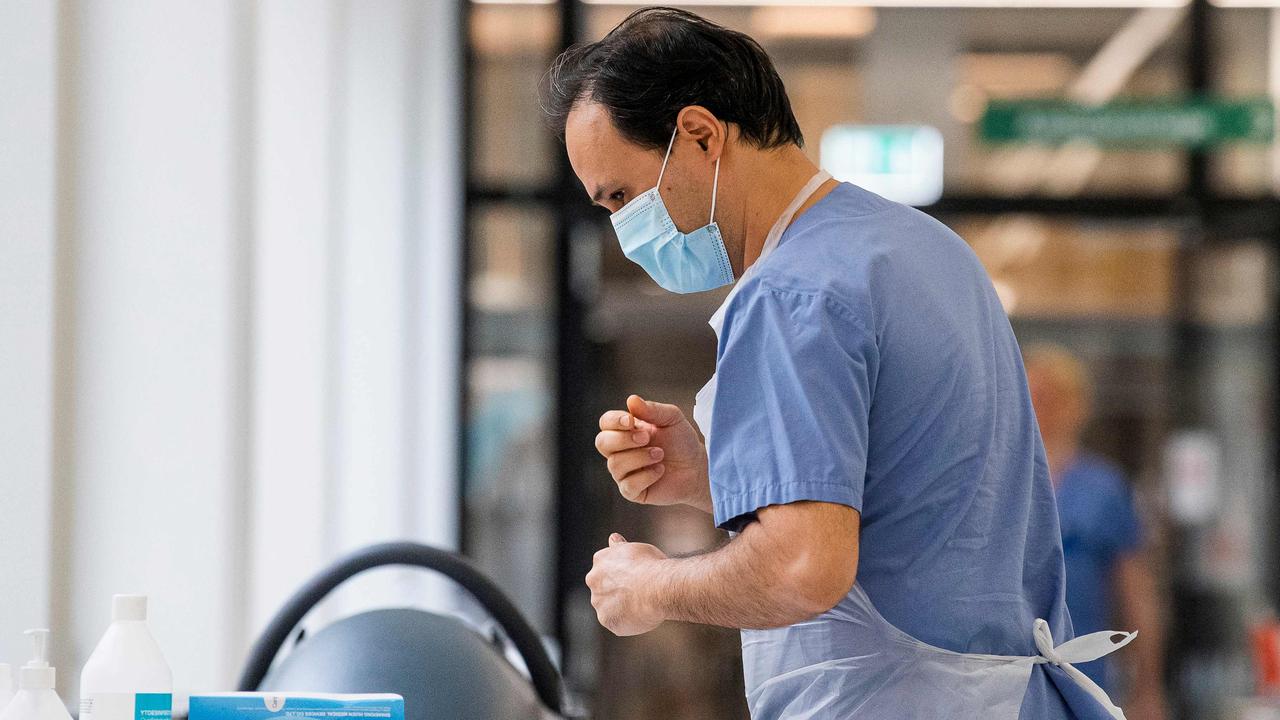Coronavirus in Australia: Expert reveals how nation dodged a massive bullet in COVID-19 fight
An expert on epidemics has revealed the extent to which Australia dodged a massive bullet in responding to the coronavirus crisis.

Australia will have to live with coronavirus for some time, with the chances of fully eliminating it declared “improbable” by a leading expert.
Life is tentatively beginning to return to normal across the country, with businesses reopening and travel restrictions easing thanks to the successful slowing of infection rates.
It’s a vastly different position to what modelling suggested at the start of the outbreak.
Jane Halton is the boss of the Coalition for Epidemic Preparedness Innovations and a former official at the World Health Organisation and said Australia had dodged a massive bullet.
“I think that everybody needs to be congratulated for the position Australia is in,” Ms Halton told the ABC.
“I mean, I think our deaths per million are sitting on about four, as is New Zealand.” (Australia’s deaths per million are currently around 3.8.)
“Whereas every other country we’d normally compare ourselves to is into the multiple hundreds. And actually, in one case, about 800 per million population.
“If we were Sweden, we would have had over 9000 deaths. So, it’s basically 100 times more than we currently have had. We’ve done remarkably well.”
RELATED: Follow the latest coronavirus updates

Sweden adopted a herd immunity strategy, with no significant lockdowns, and has a current rate of 365 deaths per million. It has just recorded the highest number of deaths in a month since 1993. The previous highest number of deaths the country recorded was in 1918 at the height of the Spanish flu epidemic.
It still has fewer deaths per capita than the United Kingdom, Spain, Italy, Belgium and France, which have all opted for lockdowns, but much higher than Nordic neighbours Denmark, Norway and Finland.
Prime Minister Scott Morrison described that approach as a “death sentence” last month, urging caution in slowly easing restrictions and reopening the economy.
From June 1, people in New South Wales will be able to travel within the state for leisure, ending a two-month ban on holidays.
But Queensland is holding firm on its border closure with the state, insisting it’s in no rush to reopen interstate travel.
Queensland authorities have indicated they want to get through two 14-day incubation periods with no new cases.
“I understand why people are being careful, conservative,” Ms Halton said.
“They want to be cautious, they want to protect the citizens who reside in their state and territory. But I do think that within the bounds of good advice, good hygiene and good practice … why wouldn’t we want to go and spend that in regional areas who are doing it really, really tough?
“I understand the conservatism there. And I think that in time, we should think about how we can open the border while still keeping people safe.”
RELATED: Tax Office reveals new working from home expenses rules


It’s “improbable” that Australia will fully eliminate COVID-19, Ms Halton said. And the cost of pursuing full elimination is “enormous”.
“One thing that I would say to people is that you should still be very careful, because as we've seen, there are going to be cases.
“And if we don't all behave properly, the risk is that it will get away from us again.”
With the slow return to normal life comes the risk of COVID-19 outbreaks, as has been seen in Melbourne at the Cedar Meats factory and two McDonald’s restaurants.
Four aged-care facilities in Melbourne are in lockdown after a spate of positive tests, with state health authorities keen to avoid a similar situation to that seen at Newmarch House in Sydney, where 19 residents have died.




